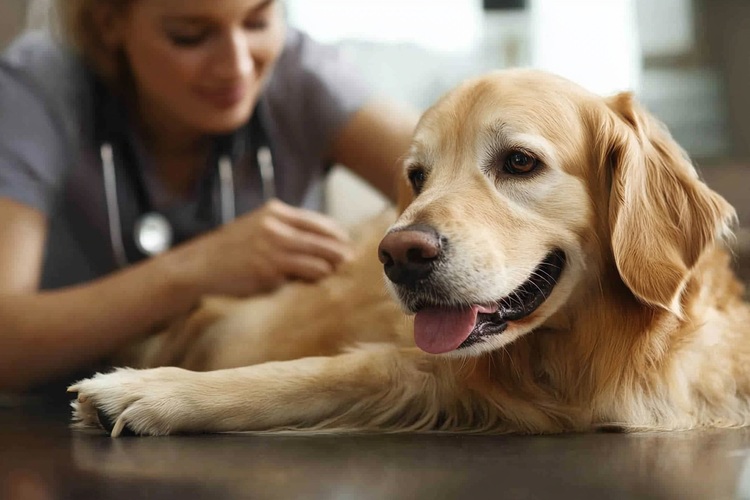Veterinarian Services for Dogs, Cats, and Common Pets
Veterinarian services cover a wide range of care for pets, from routine wellness checks to urgent procedures, helping maintain health for dogs, cats, and other animals. Understanding what to expect from a clinic, what preventive steps to take, and how emergency care differs can make veterinary visits less stressful for owners and pets alike. This article is for informational purposes only and should not be considered medical advice. Please consult a qualified healthcare professional for personalized guidance and treatment.

What do veterinary services include for pets?
Veterinary practices typically offer preventive care, diagnostics, treatment, surgery, dental care, and behavioral or nutritional advice tailored to each pet. Preventive services include vaccinations, parasite control, and wellness exams that monitor growth, weight, and overall condition. Diagnostic tools commonly used are blood tests, urinalysis, imaging (X‑ray or ultrasound), and sometimes more advanced lab work or referral to specialty clinics. Many clinics also provide microchipping and routine grooming or boarding referrals to support pet wellbeing.
Besides medical procedures, veterinarians often counsel owners on lifestyle factors that affect pets—exercise for dogs, litter habits for cats, or housing and handling for small mammals and birds. Communication about expected outcomes, recovery, and signs to watch for after treatment is a core part of modern veterinary care.
When should a dog visit the veterinarian?
Dogs should have regular wellness exams at least once a year, or more frequently for puppies and senior dogs. Vaccination schedules, heartworm prevention, dental evaluations, and weight checks are standard at these visits. If a dog shows signs such as persistent vomiting, diarrhea, sudden lethargy, rapid breathing, lameness, or dramatic appetite changes, an earlier visit is warranted. Behavioral changes—aggression, excessive scratching, or house‑training regression—can also indicate medical or environmental issues that a vet can assess.
Puppies need a series of early visits to establish vaccination and deworming, and senior dogs may require additional screening for age‑related conditions like arthritis, organ disease, or cognitive decline. Discussing breed‑specific risks with your veterinarian helps create a monitoring plan suited to your dog’s needs.
How often should a cat receive preventive care?
Adult cats typically benefit from annual wellness exams and vaccinations where appropriate, while kittens and older cats require more frequent visits. Preventive care focuses on vaccinations, parasite control (fleas, ticks, intestinal parasites), dental health, and weight management. Because cats can hide illness, routine bloodwork and urine tests can detect conditions such as kidney disease or hyperthyroidism early, improving treatment options and outcomes.
Indoor and outdoor cats face different risks; outdoor cats may need more frequent parasite prevention and injury assessments. Owners should watch for subtle changes—reduced grooming, altered litter box habits, or changes in vocalization—and seek veterinary advice promptly if concerns arise.
What to expect from emergency animal care
Emergency veterinary services address life‑threatening or rapidly worsening conditions, such as trauma, severe bleeding, difficulty breathing, poisoning, or collapse. Emergency clinics are equipped for rapid diagnostics, IV fluids, oxygen therapy, wound management, and stabilization before surgery if needed. Triage prioritizes the most critical patients, and staff will communicate initial findings and immediate steps to owners as quickly as possible.
Not all urgent issues require an emergency clinic; contacting your primary veterinary office can help determine whether a visit to an emergency facility is necessary. Many veterinary practices also provide guidance on at‑home first aid measures to reduce immediate risk while en route to care.
How to choose local veterinary services
Choosing a veterinary clinic involves evaluating staff qualifications, services offered, facility cleanliness, and communication style. Look for clinics that provide clear explanations of diagnosis and treatment options, transparent pricing, and follow‑up care. For specialized needs—such as oncology, orthopedics, or exotic animal care—ask about referral networks or in‑house specialists. Reviews, recommendations from fellow pet owners, and a visit to tour the clinic can reveal how comfortable you and your pet will feel there.
Consider practical factors such as location, hours, emergency coverage, and whether the clinic offers telemedicine or online prescription refills. Clinics that prioritize preventive care and owner education typically contribute to better long‑term outcomes for pets.
Conclusion
Veterinarian services encompass a broad spectrum of care designed to support the health of dogs, cats, and other animals throughout their lives. Regular preventive appointments, timely attention to symptoms, and understanding the role of emergency care help owners make informed decisions. Choosing a veterinary provider that aligns with your needs and values—while maintaining open communication—can improve both pet health and the overall experience of care.






